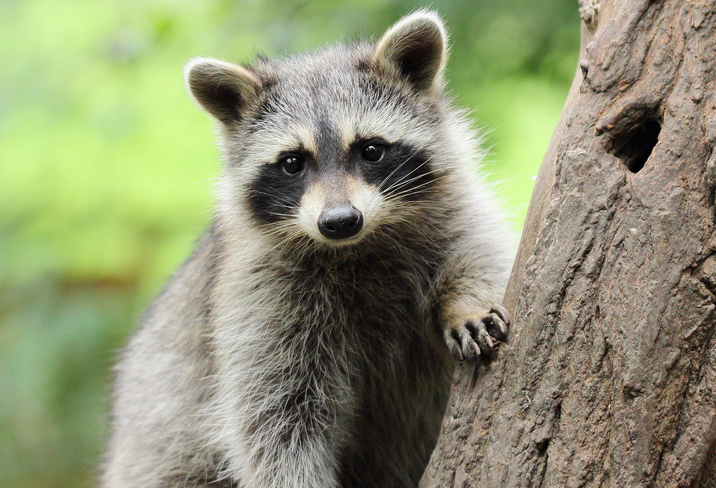See who is eligible to get a vaccine now. Registration for people 75 and older will begin on January 25. Sign up to get weekly email updates!
Zoonotic Diseases
Zoonotic Diseases

Zoonotic diseases are illnesses that spread from animals to humans, and can be passed through direct contact with an infected animal, or contact with areas where animals live. Wildlife, livestock and even pets can spread zoonotic diseases to people. For example, baby turtles and chicks can spread Salmonella, while bats, racoons and other wild animals can spread rabies to both humans and pets. Find more information on Salmonella
Anybody can get a zoonotic disease, but certain groups of people are at higher risk, including children under the age of 5, pregnant women, adults over the age of 65 and anyone with a weakened immune system.
The Health Department’s Zoonotic Disease Program is responsible for monitoring and responding to zoonotic diseases. We investigate reported cases and outbreaks, collect and analyze data to detect trends in disease activity, collaborate with other state agencies and work to educate Vermonters about prevention.
The best way to stop zoonotic diseases from spreading is to keep your hands clean by washing with soap and warm water, or using an alcohol-based hand sanitizer if soap and water are unavailable. Avoid bites and scratches from animals, and don’t touch wild animals such as foxes, bats, racoons and skunks.
In This Section
Hantavirus can cause a serious disease in humans called hantavirus pulmonary syndrome. Hantavirus can be found in the urine, droppings and saliva of certain rodents.